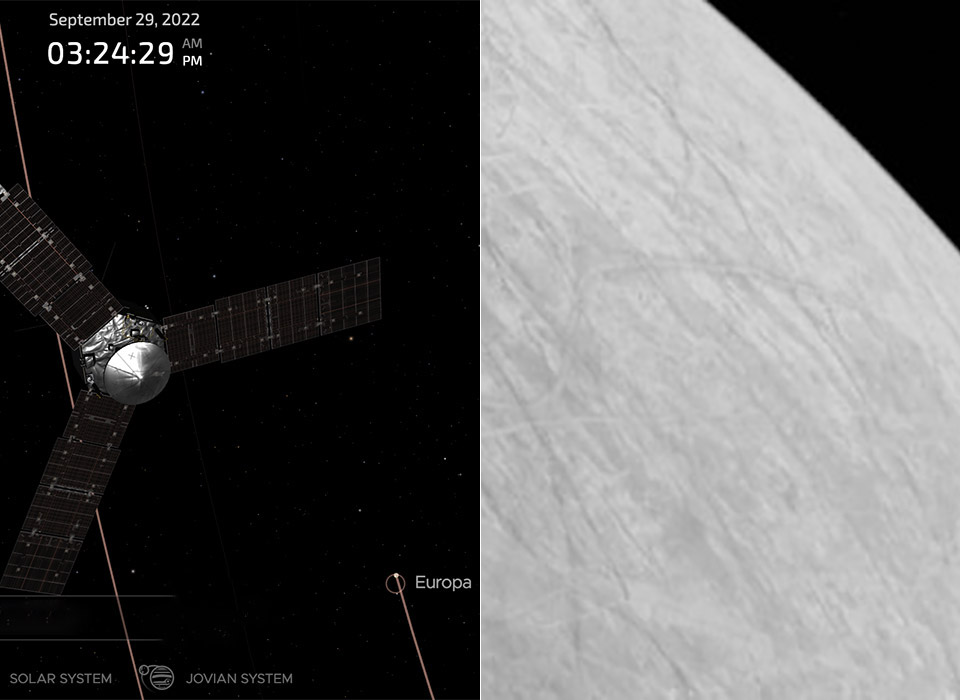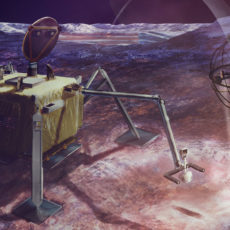
NASA’s Juno spacecraft has captured images of Jupiter’s Io, but this up-close image of Europa, the sixth-largest moon in the solar system, is amazing to say the least. It reveals surface details in a region near the moon’s equator called Annwn Regio and was captured during the solar-powered spacecraft’s closest approach, on Thursday, Sept. 29, at 2:36 a.m. PDT from a distance of about 219 miles.

Europa is slightly smaller than Earth’s moon, and scientists believe a salty ocean lies below its miles-thick ice shell. This leads to questions about potential conditions capable of supporting life underneath Europa’s surface. Europa Clipper, set to launch in 2024, will study the moon’s atmosphere, surface, and interior.
- Superior Optics: 400mm(f/5.7) focal length and 70mm aperture, fully coated optics glass lens with high transmission coatings creates stunning images...
- Magnification: Come with two replaceable eyepieces and one 3x Barlow lens.3x Barlow lens trebles the magnifying power of each eyepiece. 5x24 finder...
- Wireless Remote: This refractor telescope includes one smart phone adapter and one Wireless camera remote to explore the nature of the world easily...
It’s very early in the process, but by all indications Juno’s flyby of Europa was a great success. This first picture is just a glimpse of the remarkable new science to come from Juno’s entire suite of instruments and sensors that acquired data as we skimmed over the moon’s icy crust,” said Scott Bolton, Juno principal investigator from Southwest Research Institute in San Antonio.






